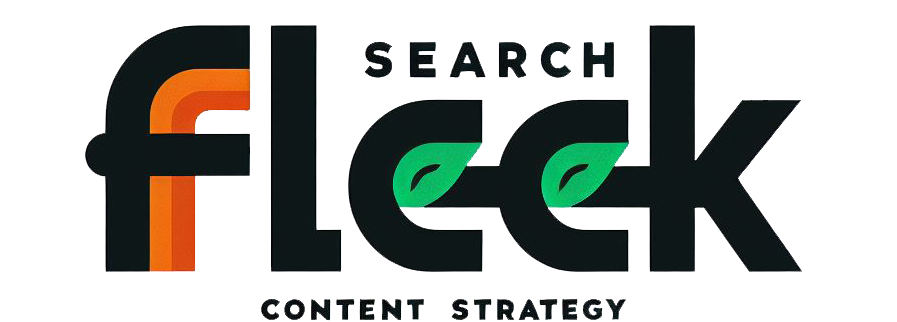In today’s digital landscape, both microblogs and personal blogs offer platforms for self-expression and information sharing. However, these seemingly similar tools cater to distinct purposes and audiences. This article delves into the key differences between microblogs and personal blogs, exploring their content, format, engagement styles, and overall goals.
Content and Length: A Tale of Two Worlds

The most striking difference lies in content length. Microblogs thrive on brevity. Platforms like Twitter enforce character limits, keeping posts concise and punchy. Content on microblogs often takes the form of quick updates, news headlines, witty remarks, or snippets of information. Images, GIFs, and short videos can also be incorporated to enhance engagement. Popular examples include Twitter posts and Instagram captions.
Personal blogs, on the other hand, embrace long-form content. Articles, tutorials, reviews, essays, and even in-depth stories find their home here. This allows for a deeper exploration of topics, fostering a more nuanced understanding for readers. Self-hosted websites and platforms like WordPress are popular choices for personal blogs.
The choice between short-form and long-form content has its advantages and disadvantages. Microblogs excel at immediacy and capturing fleeting thoughts. They allow for quick updates and sharing reactions to current events. However, the limited space often restricts in-depth analysis or detailed explanations.
Personal blogs provide a space for a more thorough exploration of ideas. They allow authors to delve into complexities, provide rich context, and weave a narrative around a topic. However, the longer format can sometimes feel daunting for readers seeking quick information. Ultimately, the ideal content length depends on your goals and target audience.
Format and Presentation: Simplicity vs. Customization
Microblogs prioritize a simple and visually appealing presentation. Hashtags and keywords play a crucial role in discoverability, allowing users to find content related to their interests. Formatting options are typically limited to bold, italics, and emojis, keeping the focus on the core message.
Personal blogs offer greater control over website design and layout. Authors can customize themes, fonts, and colors to create a unique visual identity for their blog. Multimedia elements like videos and podcasts can be embedded to enrich the reading experience. Additionally, personal blogs offer a wider range of formatting options, including headings, tables, and bulleted lists, which can enhance organization and readability.
The format of each platform impacts the user experience. Microblogs prioritize quick information delivery, relying on visuals and concise text to grab attention. Personal blogs, with their flexible format, cater to a more in-depth reading experience.
Engagement and Interaction: Real-Time Chatter vs. In-Depth Discussions
Microblogs foster a dynamic and real-time conversation environment. Users can reply directly to posts, retweet content to share with their followers, and engage in discussions through mentions. Hashtags create a sense of community, allowing people with shared interests to connect and participate in ongoing conversations. However, the fast-paced nature of microblogs means that content can be quickly buried under new updates, making it challenging to sustain long-term discussions.
Personal blogs facilitate interaction through comments sections and social media sharing. Readers can leave thoughtful comments on posts, sparking discussions and debates. While the pace of interaction might be slower, it allows for more in-depth and nuanced responses. Additionally, content on personal blogs remains archived and searchable, allowing readers to revisit past discussions and gain insights from previous comments.
Both microblogs and personal blogs encourage interaction, but the nature of that interaction differs. Microblogs excel at real-time conversations and fostering a sense of community, while personal blogs provide a space for more considered and in-depth discussions.
Purpose and Goals: Sharing Snapshots vs. Building Expertise

Microblogs serve a multitude of purposes. They are ideal for sharing quick updates, news flashes, and reactions to current events. Businesses leverage them to promote brand awareness and drive traffic to their websites. Microblogs are also a powerful tool for engaging in conversations and fostering a sense of community around shared interests.
Personal blogs cater to different goals. They allow individuals to establish themselves as experts or thought leaders in their field. By sharing in-depth knowledge and experiences, bloggers can build a loyal following and position themselves as trusted authorities. Personal blogs are also effective tools for building email lists and fostering a dedicated readership.
Choosing the right platform depends on your specific goals. If you aim to share quick updates and engage in real-time conversations, a microblog might be the better choice. However, if your focus is on establishing yourself as an expert and building a loyal following, a personal blog offers a more suitable platform.
Bonus Section: Case Studies and the Future
This section can be further expanded to include real-world examples of successful microblogs and personal blogs. Analyze how these platforms are used to achieve specific goals and engage with the target audience. Additionally, explore emerging trends in the world of microblogging and blogging. Discuss the rise of new platforms, the changing nature of content consumption, and the potential impact of these trends on the future of online communication.
By incorporating these elements, you can create a truly comprehensive and informative resource that empowers readers to choose the right platform for their needs and navigate the ever-evolving digital landscape.
Conclusion: A Match Made in Digital
Microblogs and personal blogs, though distinct, offer a powerful combination for anyone seeking to carve a space online. Microblogs act as the dynamic shop window, enticing passersby with captivating snippets and quick updates. Personal blogs, then, become the welcoming store, offering in-depth exploration and fostering a loyal customer base.
By understanding their strengths, you can leverage both platforms to achieve your communication goals, build a strong online presence, and ultimately, share your voice with the world.
Emon Anam, CEO of Search Fleek, isn't your typical digital guru. He brings a unique blend of financial expertise (former banking pro!) and digital marketing mastery to the table. A self-proclaimed "SEO Sherlock Holmes," Emon unlocks content secrets for local businesses and SaaS companies. But beyond the keyboard, he's a devoted family man, music enthusiast, and cricket champion. Let Emon weave your digital success story!
AI Writing Disclaimer
This post was initially researched and outlined by me. The content was then generated by an AI language model using the provided information. The final text has been reviewed and edited by me for accuracy and clarity.




